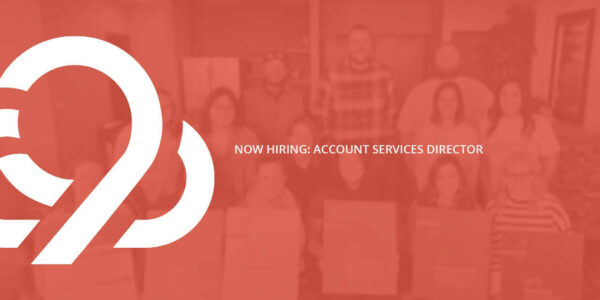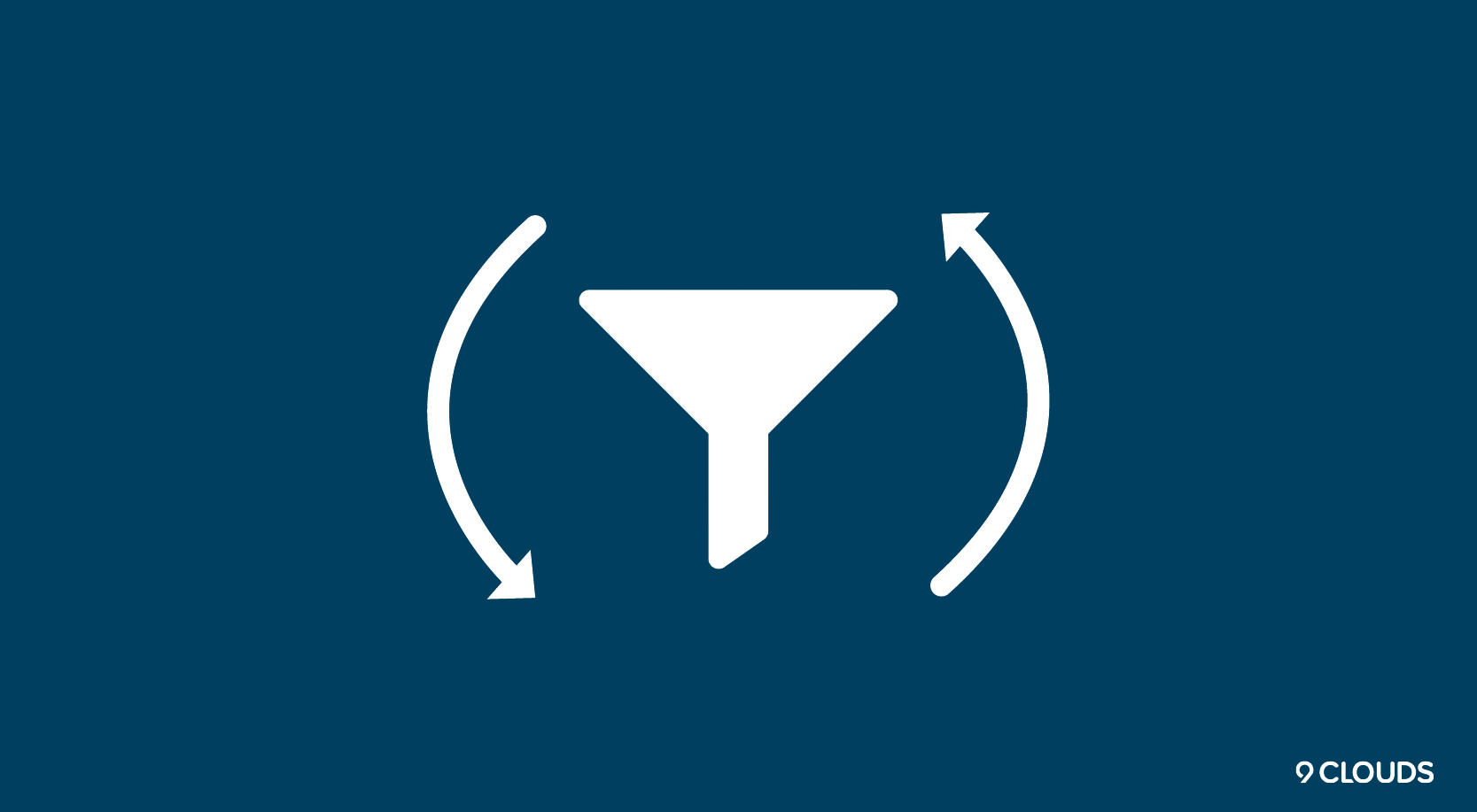
How to Measure Online ROI With a Sales Funnel
The age old question we always hear at 9 Clouds is: Is my digital marketing actually working?
What is digital marketing really doing for my business?
The good thing is that nearly every online marketing service is measurable, trackable and able to show value. Knowing your campaign results helps you figure out what’s working and what’s not with your marketing strategy. That way you know where to emphasize your marketing budget in the future.
Let us show you how to calculate and improve these results.
Before building your online presence, it’s important to know how to measure your return on investment (ROI) and set goals to keep your business growing.
To do that, we use a sales funnel.
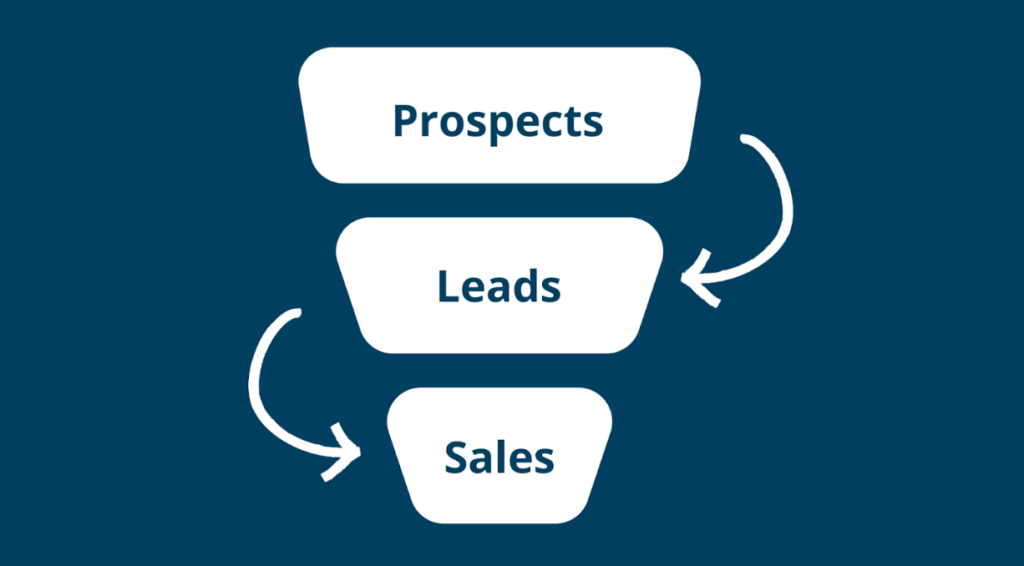
What Is a Sales Funnel?
A traditional sales funnel, like the one shown above, is the perfect way to visualize and set up measurements for your digital efforts.
Let’s start at the top: prospects. These would be the people who have visited your website, heard your name on the radio, walked by your business or in some way know you exist.
These potential customers haven’t shown interest in your business yet, but could show up on your radar and convert into someone who is more interested.
The “more interested” people are leads.
What are Leads?
When someone raises their hand to say, “I want to know more,” that’s a lead for your business. These are people who:
- Fill out a contact form on your website.
- Call for a quote.
- Download information from your website.
- Give you their business card at an event.
(Pro digital marketing tip: Another term for these actions are “conversions.”)
You may have multiple levels of leads — such as a cold or warm — which help you prioritize who to pursue. Whatever the case, these leads are the people who later could convert into sales.
You know what sales are, right? 😉 These obviously depend on your business, but it could be someone donating to your nonprofit, purchasing a ticket for an event, buying your product, or hiring you for your services.
You want to put a value to your conversions and your sales — even if they don’t have a clear price tag.
For example, if one of your goals is to get someone to subscribe to your email newsletter, you would look at the numbers to see how many subscribers purchase your product down the road. If 10% of subscribers purchase a $100 product, you could value an email subscriber at $10.
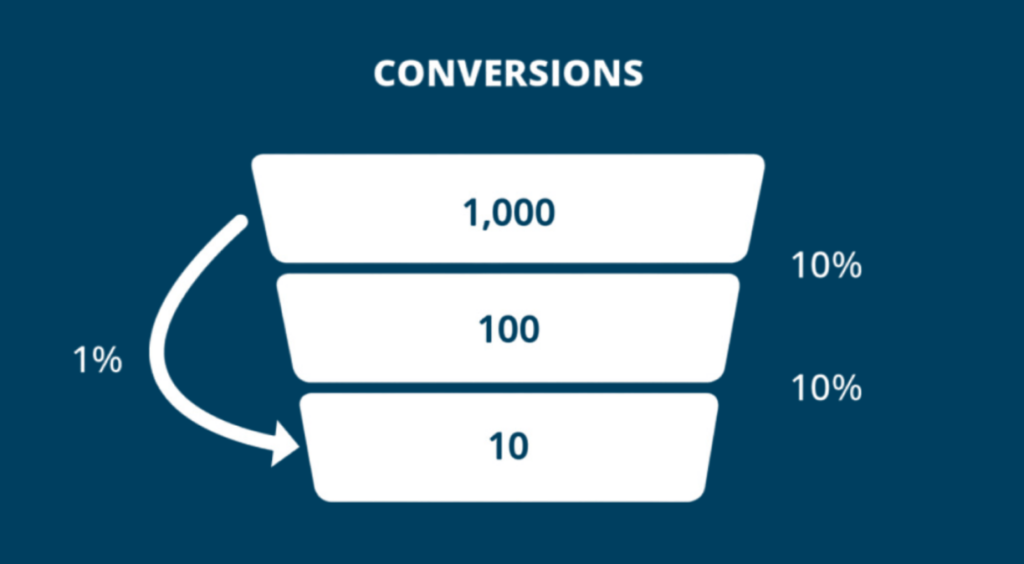
How to Calculate Conversion Rates
Since almost everything online is trackable, we can figure out our conversion rates from prospect to lead and from lead to sale.
Say you are an accountant looking for new clients. Your website attracts 1,000 visitors a month. Those 1,000 visitors are your online prospects.
If 100 people fill out your contact form, that means 10% of your prospects convert into leads.
Then, 10 of those 100 leads become customers and hire you. Your conversion rate from lead to sale is 10%.
So, looking at the funnel as a whole, 1% of all prospects become sales, from 1,000 visitors to 10 customers.
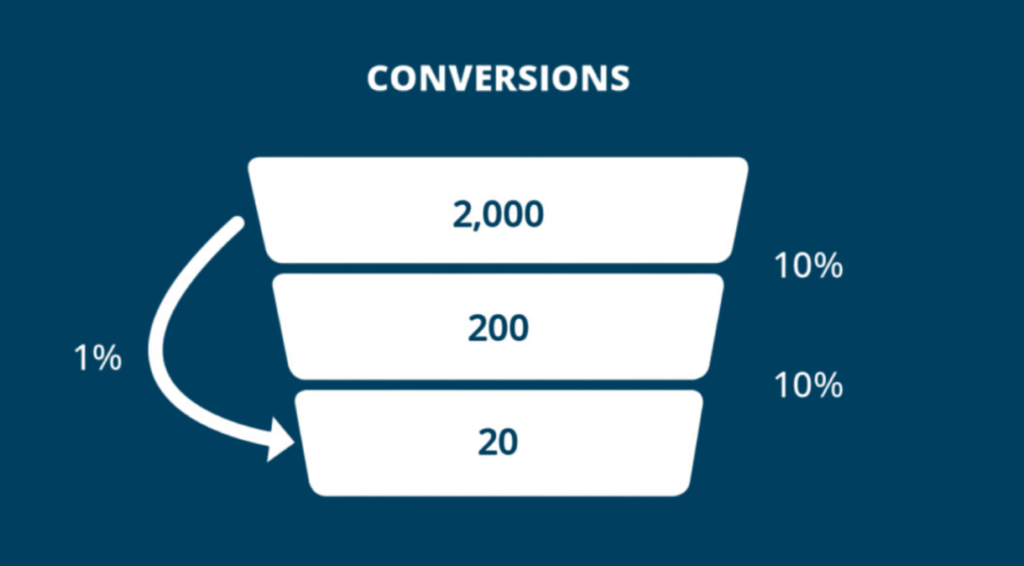
How to Improve Conversions
Okay, so you know your sales funnel now. But how do you increase sales?
There are two main things you can do:
- Increase Your Number of Prospects.
- If you have a 1% sales conversion rate and you double the number of prospects (say by attracting 2,000 web visitors instead of 1,000 using digital advertising), you should be able to double your sales!
- Improve Your Conversion Rate.
- Getting more prospects to convert might mean trying new tactics — like lead nurturing through email marketing or improving your website to get more people to turn into leads.
How to Calculate ROI
Now that you know the value and conversions of your online efforts, you can calculate the ROI of your marketing efforts to help you determine whether they are worth your time and money.
Digital ROI, despite what some marketers try to say, is a clear-cut mathematical formula:
(The gain from the investment – The cost of the investment) / The cost of the investment
Let’s put that to the test with another example.
Let’s say you’re a hairstylist. Your hourly rate is $50, and spending two hours a week on Facebook increases your website traffic from 1,000 visitors a month to 2,000 visitors a month.
What is your ROI?
Based on our sales funnel, we know that attracting an additional 1,000 visitors to the website will lead to 10 more sales of $50 each. We also know that you spent two hours a week or eight hours a month, valued at $100 per week, to get those new clients.
So here’s how we would calculate your ROI:
(The gain from the investment [$500] – The cost of the investment [$800]) / The cost of the investment [$800]
Oh no! That’s a -150% ROI. If I were you, I would stop spending that time on Facebook or focus on selling a higher-priced product.
But what if those customers came back the following year for another tax filing?
That would change your ROI equation, and you could say that the gain from your investment is actually $1,000.
What is the ROI then?
(The gain [$1,000] – The cost [$800]) / The cost [$800]
Not bad. That’s a 25% ROI and a great start. It shows that your time on Facebook was worth it.
We can then compare that to your ROI from newspaper ads, radio, networking events, other social networks, email and more. Suddenly, you can make informed marketing decisions that increase your return.
How to Create Your Sales Funnel
To get started measuring your ROI, first create your sales funnel. What is a prospect for you? When do those prospects become leads? What is the value of your sale?
By answering those questions, you can draw your own sales funnel.
After drawing your funnel, you can start to collect data on the number of prospects, leads, and sales and the conversion between each step. To do that, we suggest using Google Analytics.
Once you’ve converted people into contacts and made a few deals, remember that your existing contacts can re-convert as leads later on.
In fact, Invesp’s recent study showed that existing customers are 50% more likely to try new products from you, and existing customers will commonly spend 31% more than new customers.
Remember, there are two main ways to increase your digital ROI: increase your prospects or improve your conversions. (Or, preferably, both!)
Create Your Digital Foundation
Want to build a solid digital foundation for your marketing strategy? Start with reporting and ROI!
At 9 Clouds, we don’t just offer digital marketing resources. We’ll be your marketing ally, bringing together your sales and marketing teams with ours.
I Want to See My ROI »


![Human vs AI A/B Test [Spoiler Alert: Humans Win!]](https://9clouds.com/wp-content/uploads/2024/02/Volvo-dealership-1-600x388.png)

